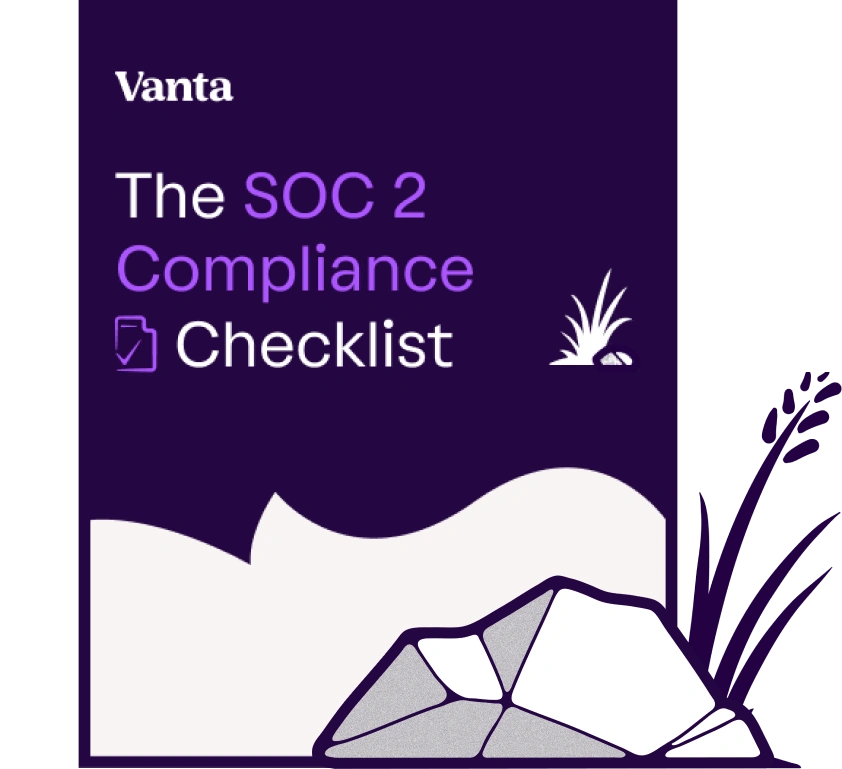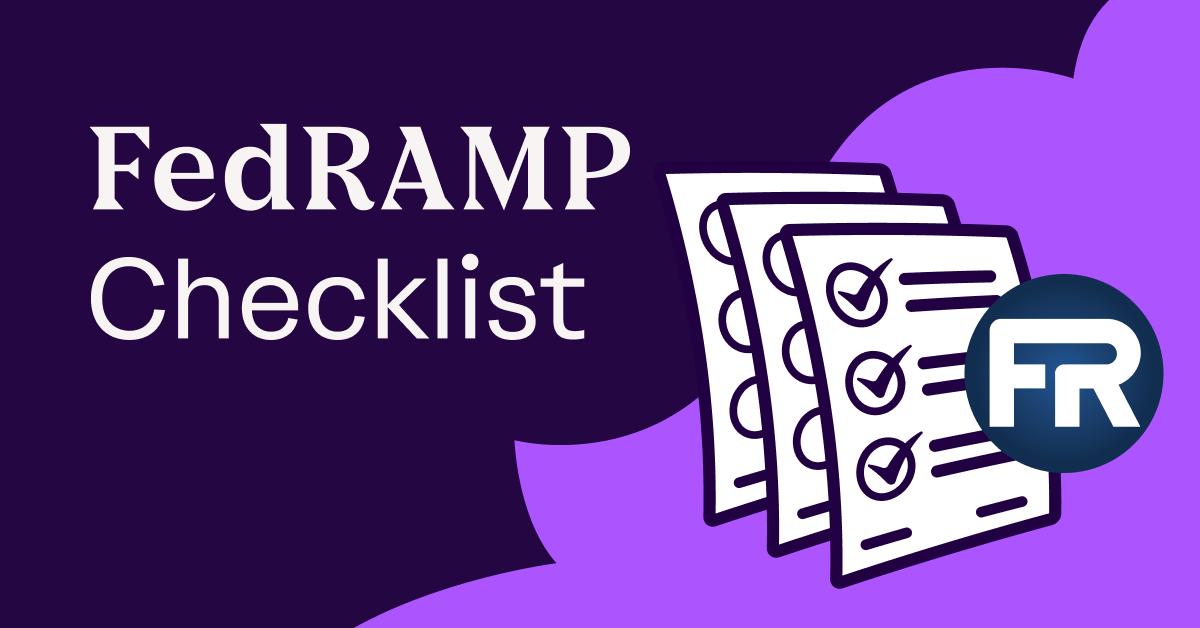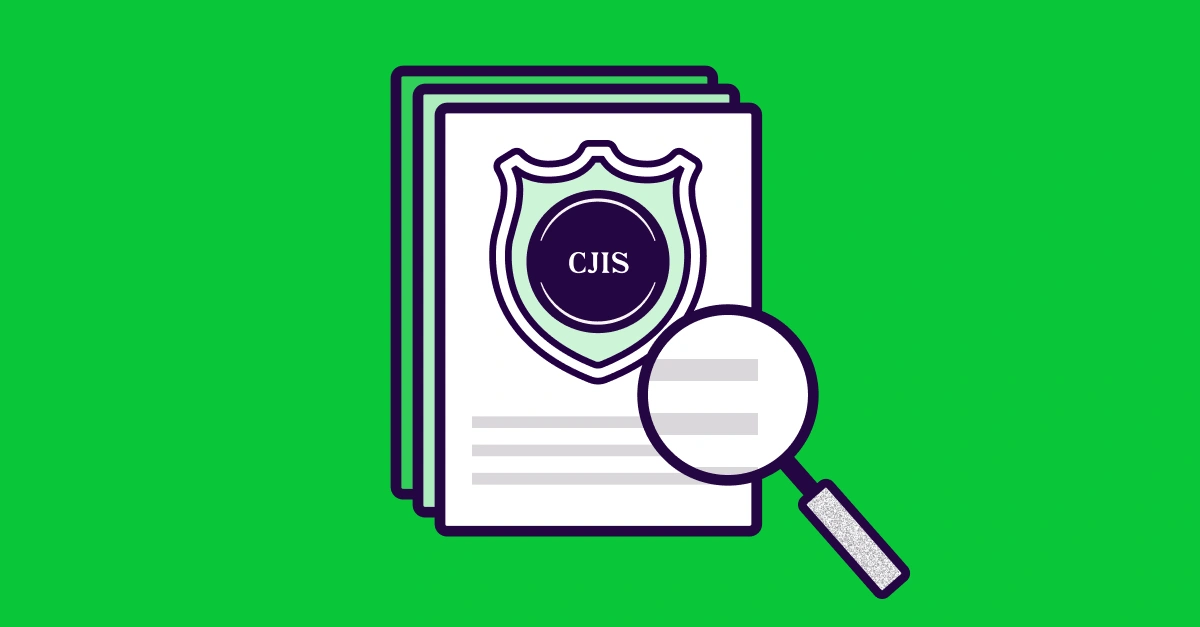Share this article

Vanta's PCI selection guide
Written by
No items found.
Reviewed by
No items found.
Accelerating security solutions for small businesses Tagore offers strategic services to small businesses. | A partnership that can scale Tagore prioritized finding a managed compliance partner with an established product, dedicated support team, and rapid release rate. | Standing out from competitors Tagore's partnership with Vanta enhances its strategic focus and deepens client value, creating differentiation in a competitive market. |
| Access Review Stage | Content / Functionality |
|---|---|
| Across all stages |
|
| Setup access review procedures |
|
| Consolidate account access data from systems |
|
| Review, approve, and deny user access |
|
| Assign remediation tasks to system owners |
|
| Verify changes to access |
|
| Report and re-evaluate results |
|

FEATURED VANTA RESOURCE
The ultimate guide to scaling your compliance program
Learn how to scale, manage, and optimize alongside your business goals.


Table of contents
Related Resources
Related Resources
.png)
Compliance
Events
Learn How to Automate Compliance for SOC 2, ISO 27001, and More
Join our demo to learn how Vanta can help you accelerate compliance with deep automation and agentic workflows that handle evidence, policies, and remediation for you across frameworks like SOC 2, ISO 27001, HIPAA, and more.
.svg)
.svg)

















.png)
.png)
.png)







.png)
.png)
.png)